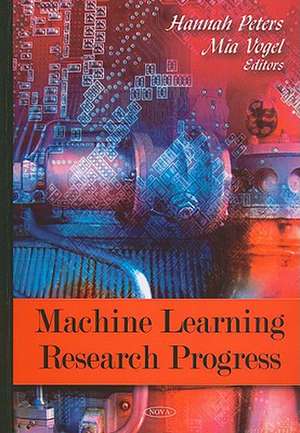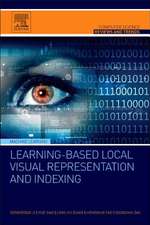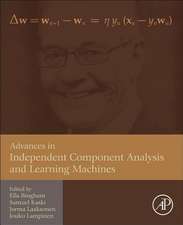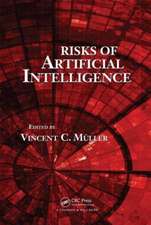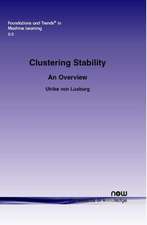Machine Learning Research Progress
Editat de Hannah Peters, Mia Vogelen Limba Engleză Hardback – 31 aug 2008
Preț: 1538.15 lei
Preț vechi: 2500.76 lei
-38% Nou
Puncte Express: 2307
Preț estimativ în valută:
294.35€ • 305.57$ • 245.45£
294.35€ • 305.57$ • 245.45£
Carte disponibilă
Livrare economică 01-15 martie
Preluare comenzi: 021 569.72.76
Specificații
ISBN-13: 9781604566468
ISBN-10: 1604566469
Pagini: 488
Ilustrații: tables & charts
Dimensiuni: 183 x 259 x 30 mm
Greutate: 1.04 kg
Editura: NOVA SCIENCE PUB INC
ISBN-10: 1604566469
Pagini: 488
Ilustrații: tables & charts
Dimensiuni: 183 x 259 x 30 mm
Greutate: 1.04 kg
Editura: NOVA SCIENCE PUB INC
Cuprins
Preface; Machine Learning Approaches in Promoter Sequence Analysis; Recent Advances in Machine Learning for Financial Markets; A Review of Bankruptcy Prediction Models: The Machine Learning Perspective; Application of Learning Machines and Combinatorial Algorithms in Water Resources Management and Hydrologic Sciences; Machine Learning Techniques to Identify Marker Genes for Diagnostic Classification of Microarrays; Using Ensemble of Classifiers in Bioinformatics; Evolving Rules From Neural Networks Trained on Binary and Continuous Data; Machine Learning in Automatic Speech Recognition: Boosting and Discriminative Training of the Acoustic Model; Machine Learning for Knowledge Derived from the Paucity of Data; Evaluating the Computational Requirements of Using SVM Software to Train Data-Intensive Problems; Reservoir Computing for Sensory Prediction and Classification in Adaptive Agents; Boosting Linear Graph Embedding for Dimensionality Reduction; Expert Networks with Mixed Continuous and Categorical Feature Variables: A Location Modeling Approach; Applicability of Statistical Learning Algorithms for Predicting Skin Friction Capacity of Driven Piles in Clay; Learning Methods for Spam Filtering; Learning Support Vector Regression Models for Fast Radiation Dose Rate Calculations; Is the Parts-Based Concept of NMF Relevant for Object Recognition Tasks?; Index.
